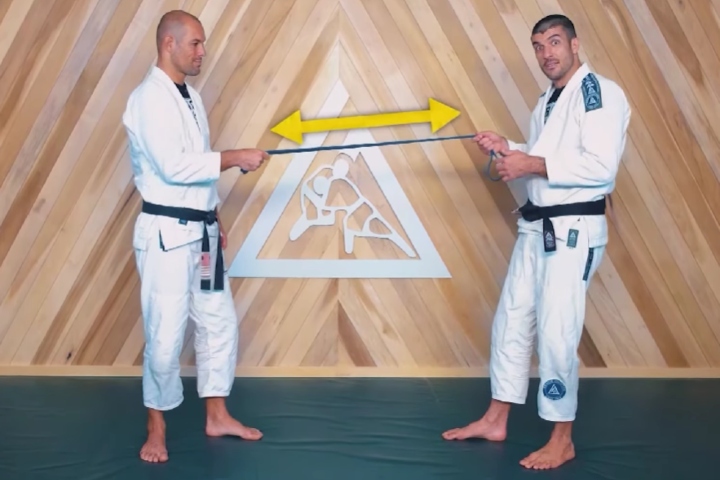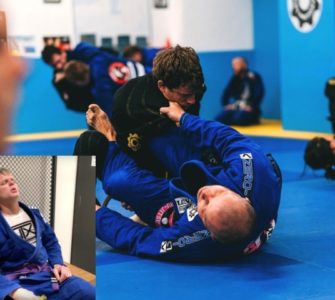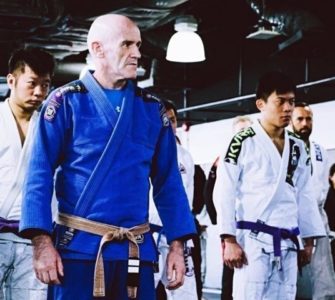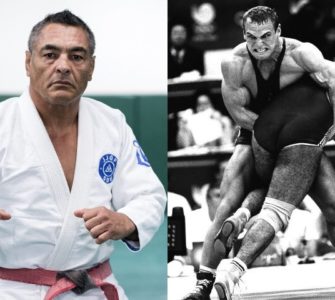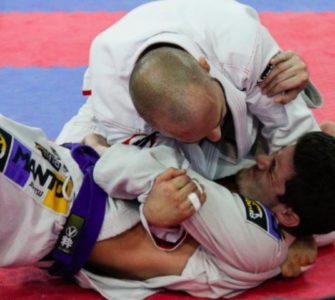If you tend to get overwhelmed by all the techniques in Brazilian Jiu-Jitsu, then it’s high time to start learning about principles. The principles, which are applicable throughout the vast majority – if not all – of the moves you can do in the Gentle Art.
For instance, there’s something called the tension principle. Rener Gracie explains why it’s so important.
THE TENSION PRINCIPLE
Rener emphasizes that the tension principle can be incredibly useful in three particular scenarios. The first one is where you can use the tension as a slingshot against the opponent.
That is to say, you can use your own pulling motion to create a pulling reaction from the opponent. Then, when that tension is created between the two of you, you can let go of your pull to set up takedowns (for example).
Secondly, you can use the tension principle in order to break grips with more success. Rener explains it through an elastic band example; if you want to cut an elastic band, you wouldn’t cut it when it’s loose. Rather, you’d stretch it out and then cut it – it’s much easier to do it this way.
Same way with grips. For instance, when your opponent has you in Spider Guard, make sure to position one of your arms on the ground – stretching the opponent’s arm to the maximum. Then, use your knee to break their grip; you’ll find that it’s easy to do because their arm is fully stretched out.
And finally, the tension principle is useful even when finishing submissions from which your opponent is defending by all means possible. Let’s say that you have a Straight Ankle Lock in place and they’re grabbing onto your collar to defend. To use the tension principle in this case, you need to first pull as much as possible and then relax for a second.
This “relaxation input” will make your opponent relax for a bit themselves and try to establish a higher grip; a moment in time which you can use to pull and finish the submission.
Rener explains this principle in much more detail on the video below, with his brother Ryron:

